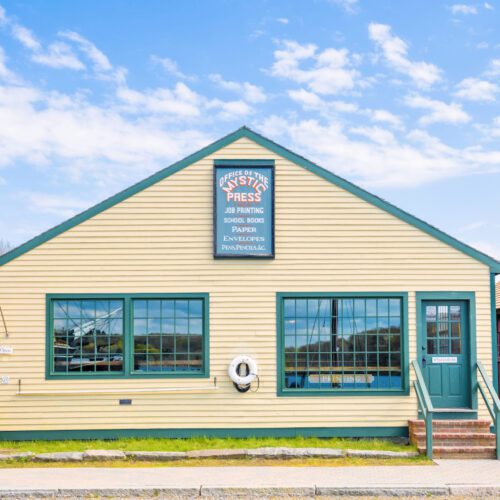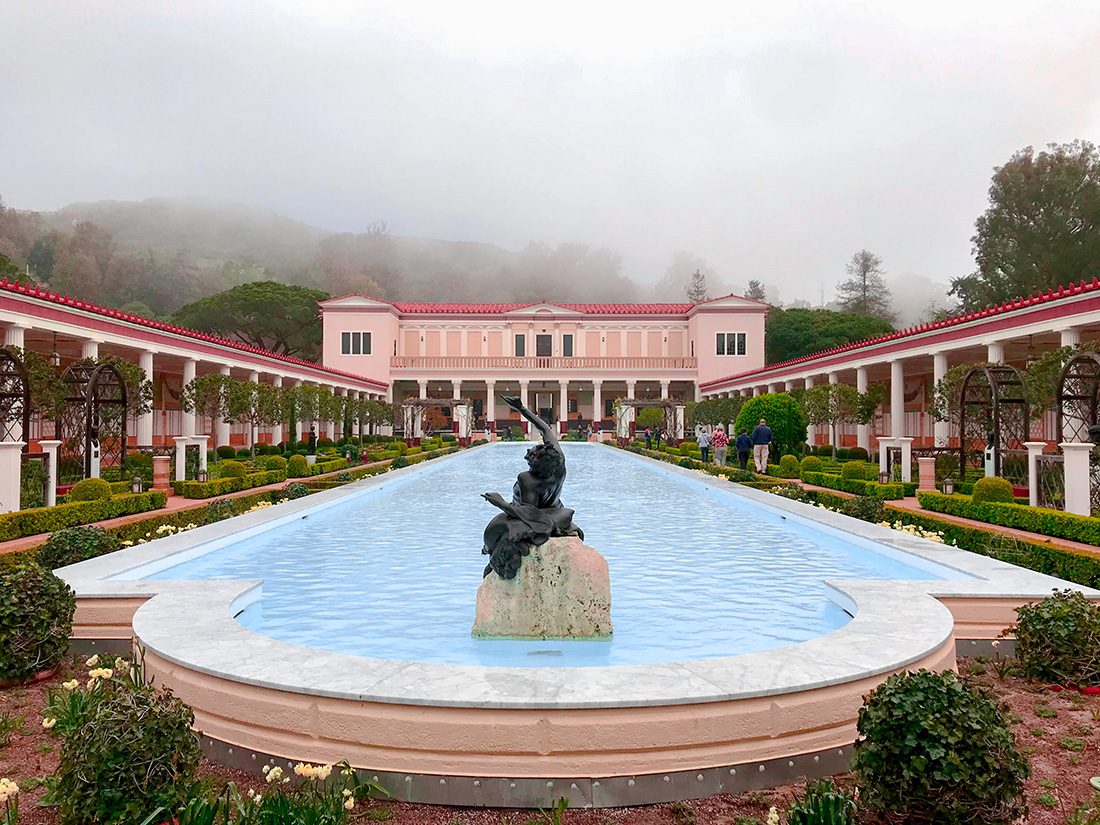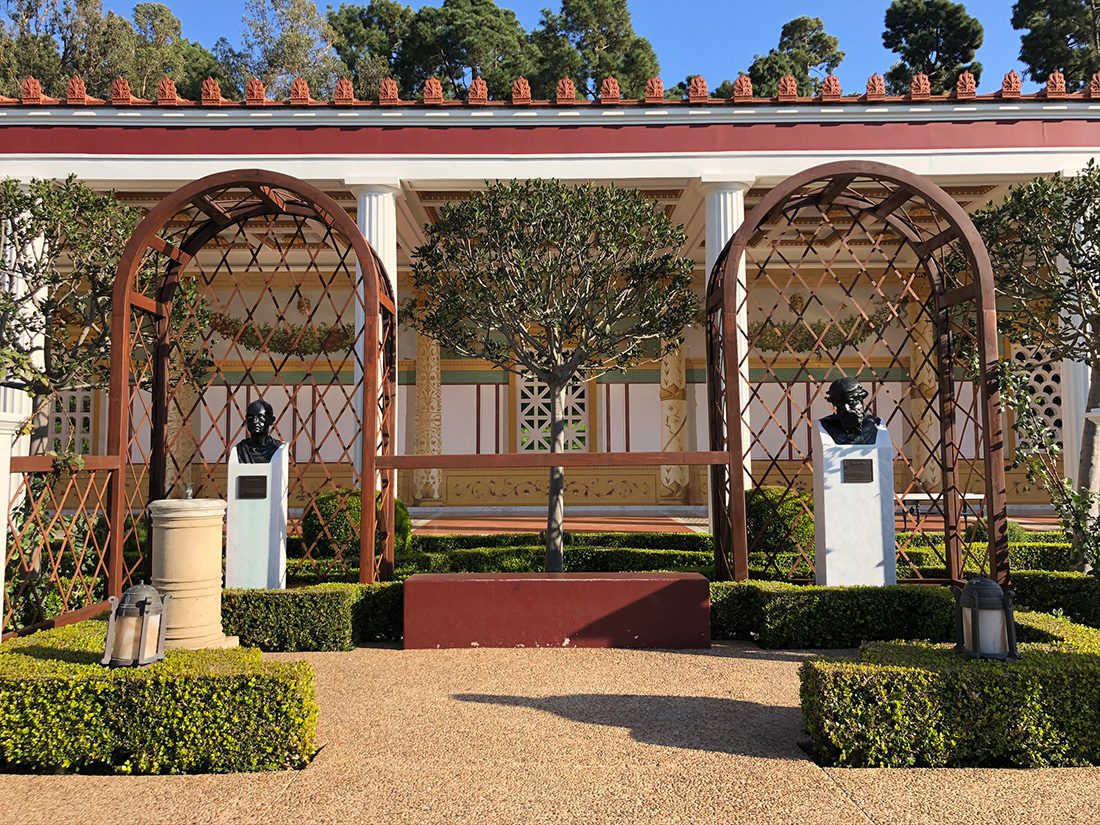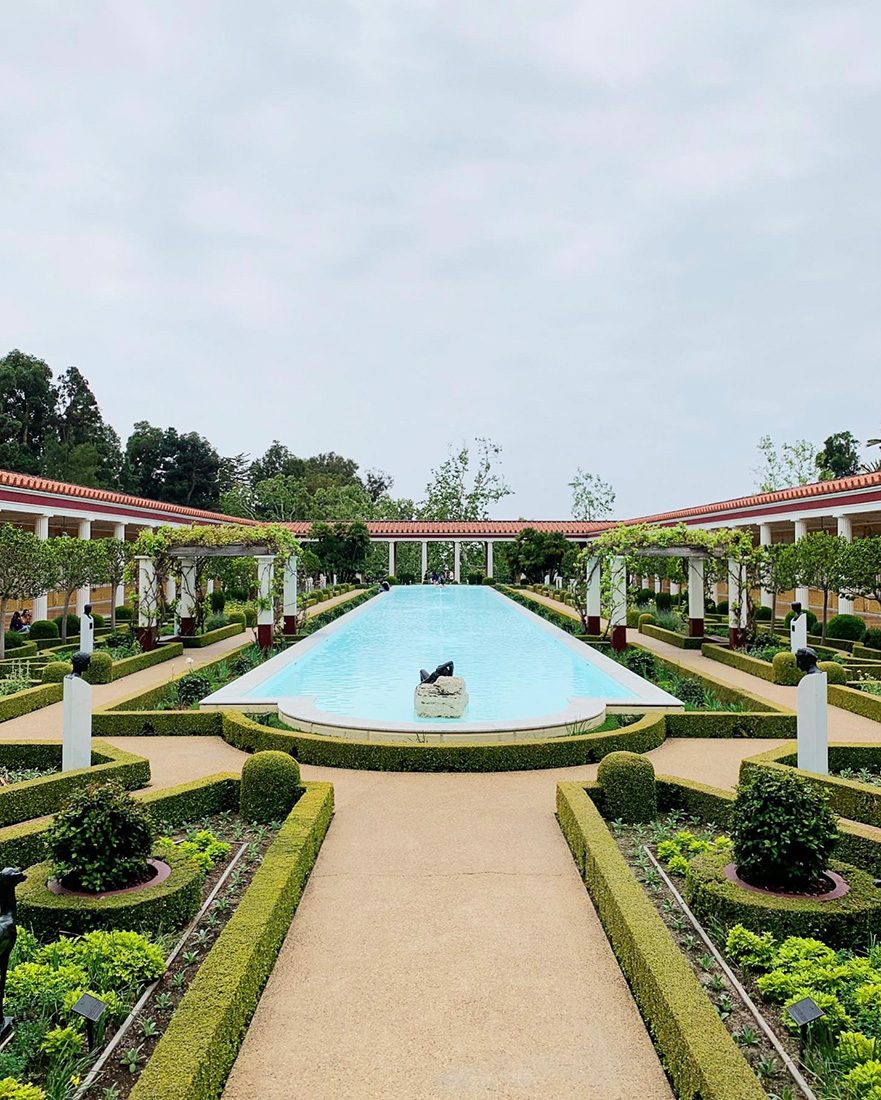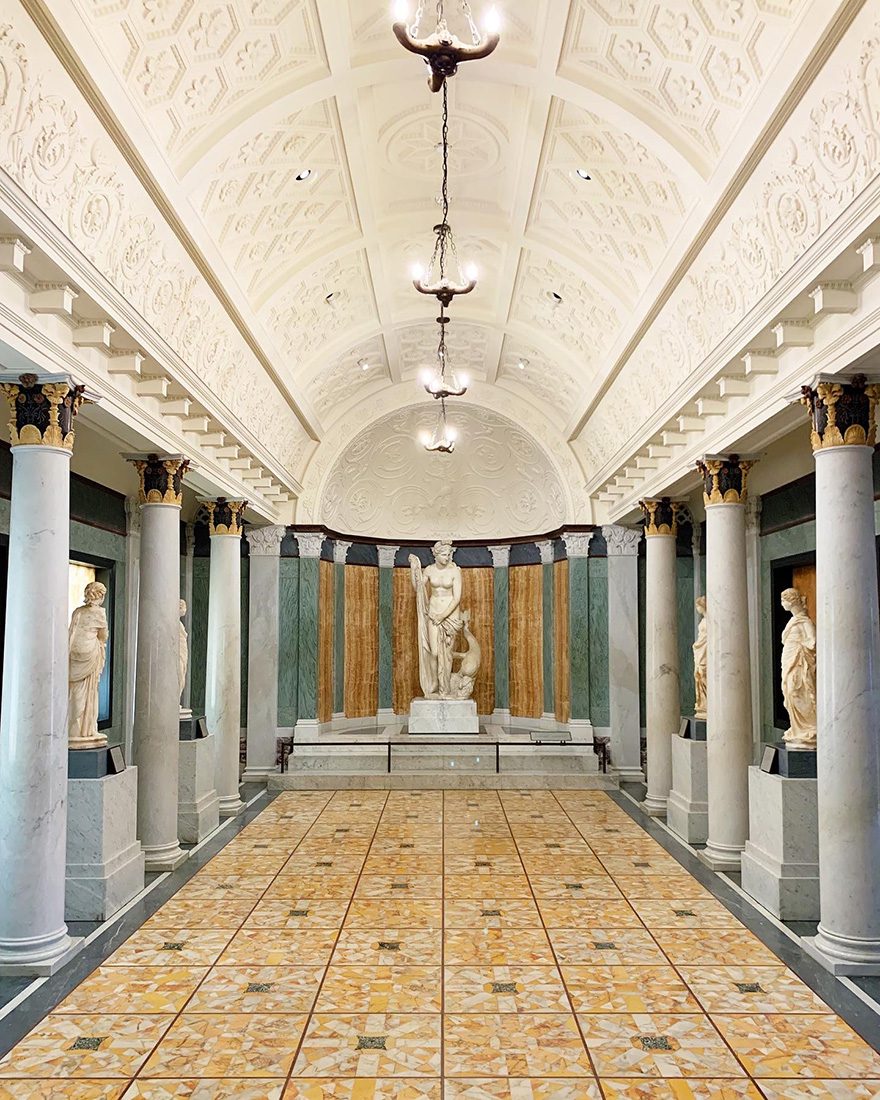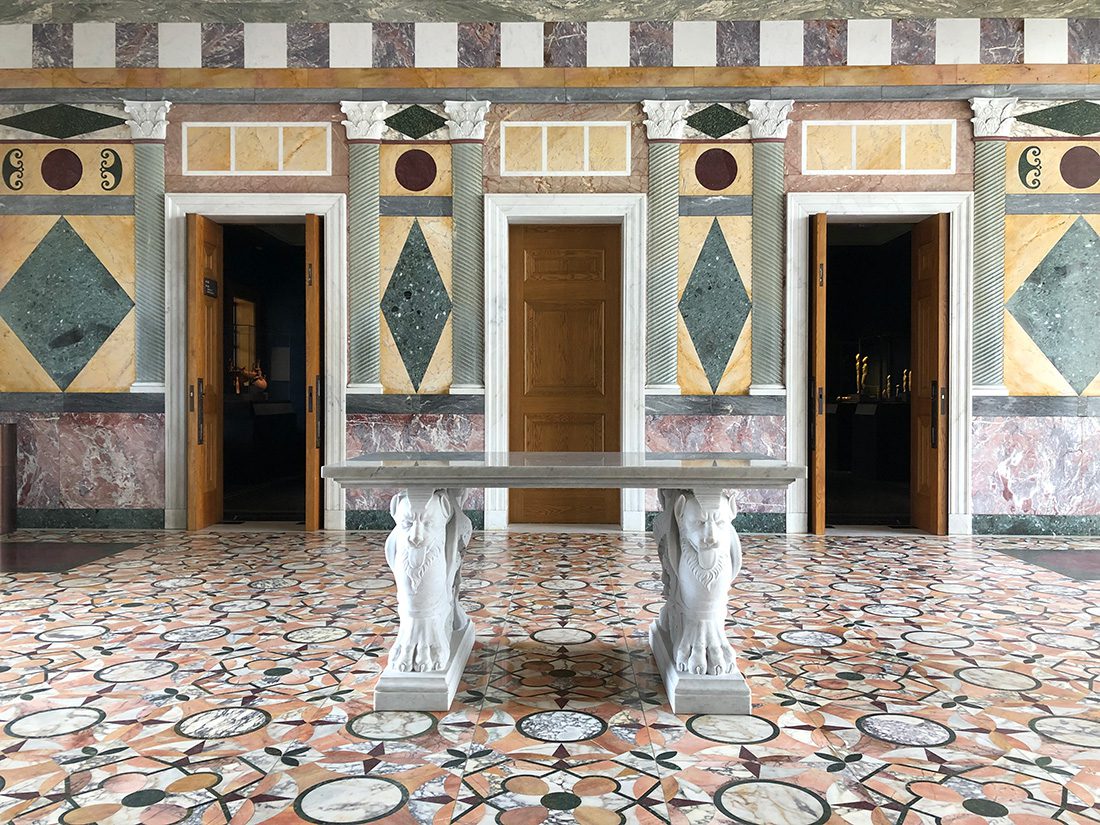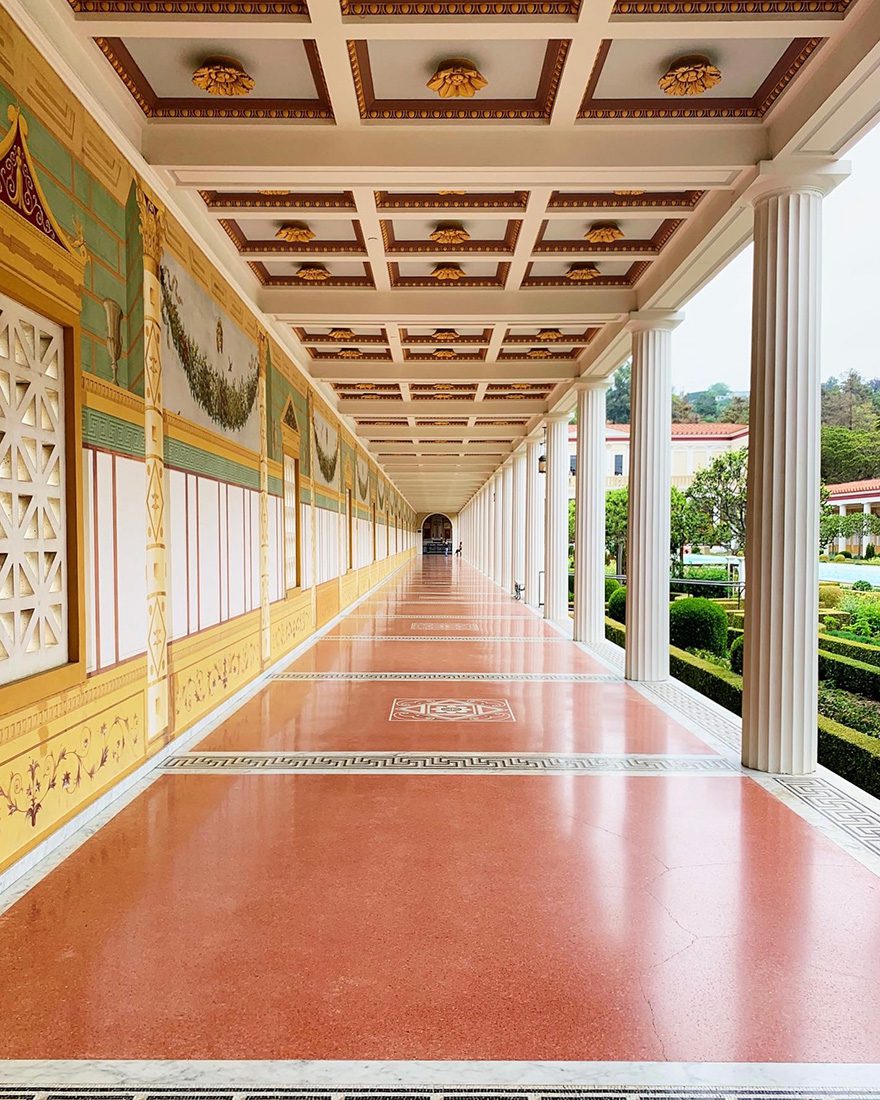To be the world’s richest man, you have to start early. And Jean Paul Getty made his first million at the young age of twenty three, owing his success to “rising early, working hard, and striking oil.” Notoriously frugal, so much so that he kept a payphone for his guest’s outgoing calls, it’s a wonder that this oil tycoon would contribute a huge portion of his wealth towards a museum that offered complimentary visits to all its patrons.
Despite being one of the most wealthy people to ever exist, J. Paul Getty was famously reluctant to spend money, and always avoided paying full price. It is said he did his own laundry by hand even while he was a multi-billionaire, just to avoid paying for it to be done. But maybe he just loved the smell of freshly warmed garments? He even delayed paying his grandson’s kidnapping ransom, claiming that if he paid off the hooligans for one child, he’d have to deal with the snatching of his fourteen other grandchildren. A little harsh don’t you think Jean Paul?
/ 4
There was one thing that Mr. Getty was eager to splurge on, and that was art. Specifically he fell in love with Ancient Greek, Roman and Etruscan artifacts. His first gallery was conveniently located adjacent to his home in Pacific Palisades, and his collection was unveiled in 1954. His treasure of artifacts quickly outgrew the space and instead of trying to find more space to stash his pieces, he decided to expand.
Getty decided that his collection deserved a fitting space that embraced classical traditions. Lord forbid if his pieces were downgraded by neutral walls of the modernist era gallery spaces. Ultimately the design took inspiration from the Villa of the Papyri at Herculaneum, which was buried in the eruption of Mt. Vesuvius, and other ancient European sites. Woven together they created an authentic Italian Villa in the heart of California.
/ 4
The museum would officially open to the public in 1974, with complimentary admission to all visitors since Getty saw art as a civilizing influence to society. Unfortunately, he would never get the chance to explore the villa for himself as he passed in England before making it back to the states.
As Getty was laid to his eternal resting state, his lawyers must have been in a flurry trying to make sense of his final will and testament. To the museum, a dedicated $661 million endowment to further expand the art collection and allocated funds for its crosstown sibling, the Getty Center. To his some of his favorite mistresses, valuable shares in his oil company, and monthly payments to be made for the rest of their lives. To two of his sons, “the sum of 500 dollars and nothing more”. Frugal to his very end it seems, but we’ll gladly take the free admission to the Californian Italian Villa.



